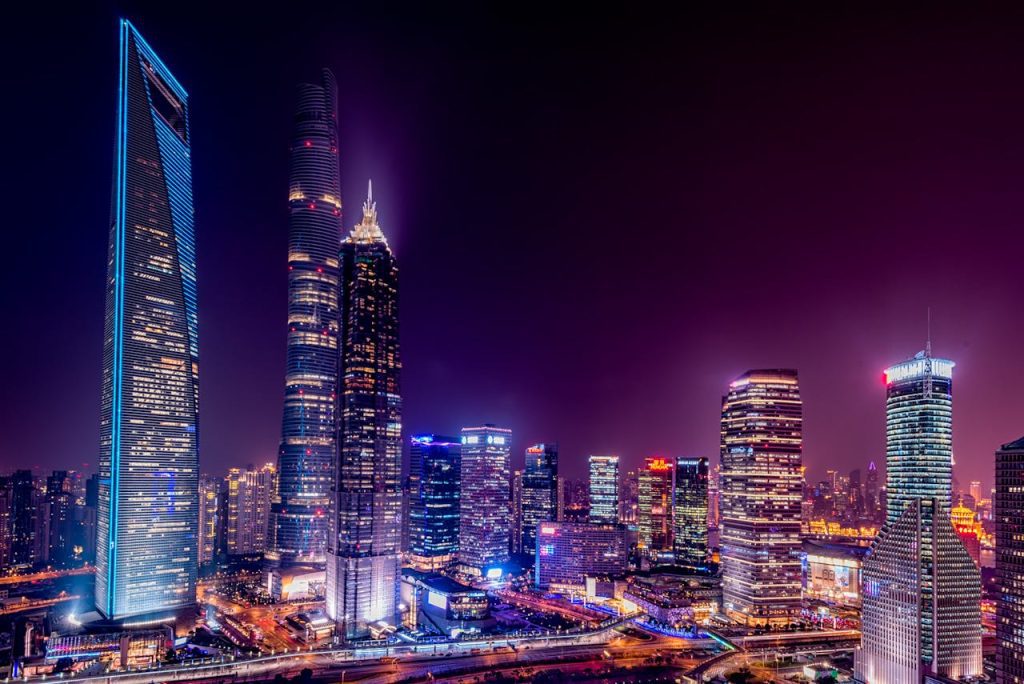
The design and construction sectors are rising to fulfill the need for environmentally friendly office buildings as the global emphasis shifts towards sustainability. These structures not only help with climate change but also promote tenants well-being and health. Sustainable office buildings include cutting-edge technology, materials, and creative ideas meant to lower energy use, cut waste, and provide better working conditions. Companies that give sustainability top priority not only improve their brand image but also help to create a more sustainable future for everyone.
Integrating Renewable Energy sources
Integration of renewable energy sources is fundamental in sustainable workplace design. Buildings can greatly reduce their dependence on fossil fuels and carbon footprint by using solar, wind, and geothermal energy. Solar panels are a direct source of clean energy that can power office equipment, HVAC systems, and lighting. They can be mounted on roofs or integrated into building facades. Additional energy independence can be achieved by using wind turbines in areas with regular wind patterns. Furthermore, geothermal heating and cooling systems use the natural temperature of the Earth to provide pleasant interior conditions with little energy use. Using these renewable energy solutions not only reduces running expenses but also helps businesses to be pioneers in environmental preservation.
Utilizing Sustainable Building Materials
The sustainability of office buildings depends significantly on the selection of construction materials. From extraction and manufacture to disposal, sustainable materials are those with a minimal environmental effect throughout their lifetime. Excellent substitutes for conventional materials, for instance, bamboo, recovered wood, and recycled steel, provide longevity and reduce resource depletion. Using low VOC (volatile organic compounds) paints, adhesives, and finishes also enhances indoor air quality, therefore improving the workplace conditions for staff members. By controlling interior temperatures and hence lowering the need for heating and cooling, high thermal mass materials like concrete or brick can improve energy efficiency. Giving sustainable materials priority can help builders and architects greatly reduce the environmental effects of their projects.
Designing for Water Efficiency
The design of sustainable offices depends critically on water conservation. Using water-efficient systems and fixtures will significantly decrease water use without compromising comfort or usefulness. While rainwater collecting systems can gather and store rain for non-potable applications and irrigation, low-flow toilets, faucets, and showerheads may significantly reduce water consumption. Incorporating porous pavements and green roofs also helps control stormwater runoff, therefore lowering the danger of floods and safeguarding local water supplies from contamination. Effective irrigation systems using native or drought-resistant plants can further assist in reducing water usage. Building with a focus on water efficiency can assist businesses in protecting this essential resource for future generations.
Enhancing Indoor Environmental Quality
In order to improve well-being and productivity in office buildings, it is imperative to create a healthy indoor environment. Sustainable designs give natural ventilation, daylighting, and air quality control priority to create a more pleasant workplace. Using open floor layouts and big windows allows maximum natural light to flood in, therefore lowering the need for artificial lighting and raising occupant mood and energy levels. Effective ventilation systems guarantee that fresh air circulates throughout the structure, therefore lowering interior pollution and allergy accumulation. Including biophilic design ideas like indoor gardens and green walls will also help to improve the connection to nature, therefore supporting mental health and lowering stress. Eventually, a dedication to indoor environmental quality produces happier, healthier, and more productive employees.
Collaboration with Engineering Firms
Successfully implementing sustainable office building designs requires cooperation with consulting engineering firms. These professionals guarantee that energy efficiency, water conservation, and indoor environmental quality criteria are satisfied by offering insightful analysis and direction all through the design and building process. Energy audits help choose sustainable materials and suggest creative solutions catered to the project’s requirements depending on consulting engineers. Working closely with these companies allows architects and developers to obtain the latest industry knowledge and best practices, therefore producing designs that satisfy regulatory criteria and sustainability goals. This cooperative approach encourages a holistic design process that prioritizes environmental responsibility and functionality.
Conclusion
Designing sustainable office buildings for the future calls for a diverse strategy that gives renewable energy, sustainable materials, water efficiency, and interior environmental quality priority, along with cooperation with consulting engineering professionals. Companies that adopt these values can design innovative offices that not only improve the well-being of their staff but also help the planet to be more sustainable. In order to ensure that buildings meet the needs of both occupants and the environment for future generations a focus on sustainability will shape office design in the future.

